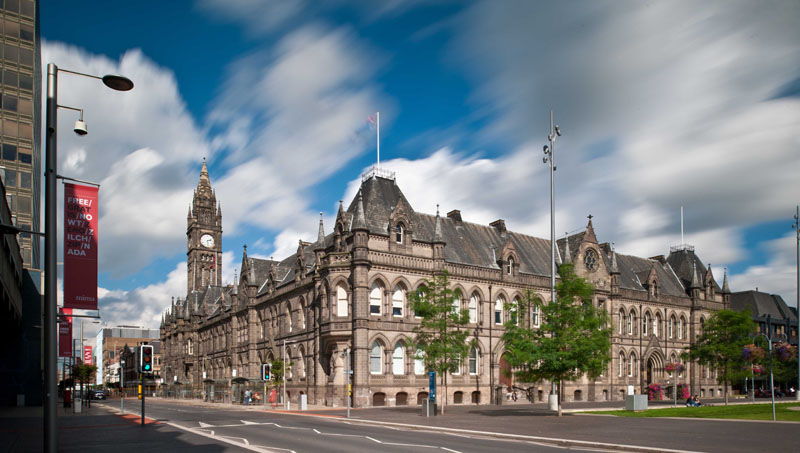By Maria Papagiannopoulou,
The earliest recorded form of Middlesbrough’s name is ‘Mydilsburgh,’ which dates back to Anglo-Saxon times. The term ‘burgh’ relates to an old settlement, possibly a pre-Saxon fort that was located on slightly higher territory near the Tees. Middlesbrough’s name, ‘Mydil’, was either an Anglo-Saxon moniker or a reference to the town’s central location, maybe as a stopover point between the Christian centers of Whitby and Lindisfarne or Whitby and Durham.
Middlesbrough was undoubtedly the location of a chapel or cell belonging to Whitby Abbey in Anglo-Saxon times, but despite this early activity, Middlesbrough was still merely a modest farm of 25 people in 1801.
This Middlesbrough farmstead and its estate were purchased in 1829 by a group of Quaker businessmen led by Joseph Pease of Darlington, who set about developing what they called “Port Darlington” on the Tees River nearby. On the farm’s site, a town was planned to supply labor to the new coal port. Middlesbrough was established.
The son of Edward Pease, the man behind the Stockton and Darlington Railway, was Joseph Pease, dubbed “the Father of Middlesbrough”.
By 1830, this well-known line had been extended to Middlesbrough, ensuring the town’s and port’s fast growth.
Joseph Pease predicted in 1828 that there would come a day when:
“…the bare fields would be covered with a busy multitude with vessels crowding the banks of a busy seaport”.
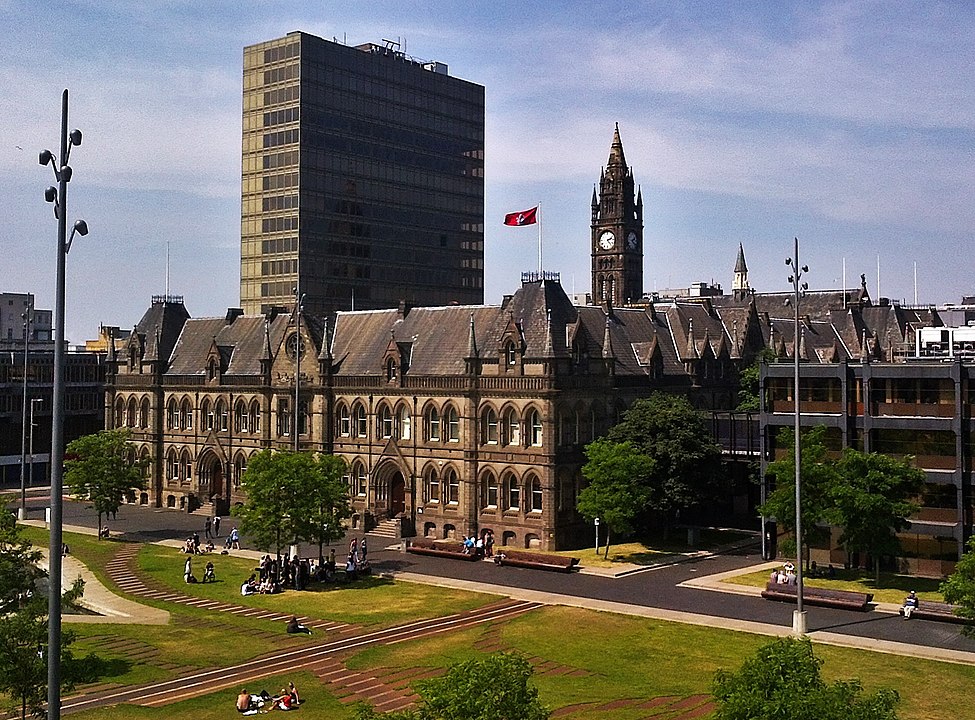
The small farmstead became the site of North Street, South Street, West Street, East Street, Commercial Street, Stockton Street, Cleveland Street, Durham Street, Richmond Street, Gosford Street, Dacre Street, Feversham Street, and Suffield Street, all laid out on a grid-iron pattern centered on a Market Square, proving Pease’s prophecy correct.
The town was a shopping and residential center, and in 1846 a small-town hall was built in the center of the square, one of the few surviving remnants of the ancient town. Shippers, merchants, butchers, innkeepers, joiners, blacksmiths, tailors, builders, and painters were among those who swiftly purchased premises and parcels of land in the new town.
Middlesbrough’s population had risen from 40 in 1829 to 7,600 by 1851, and it was gradually displacing Stockton as the Tees’ primary port. An old Teesside adage has come to pass;
“Yarm was, Stockton is, and Middlesbrough will be”, says a local reporter.
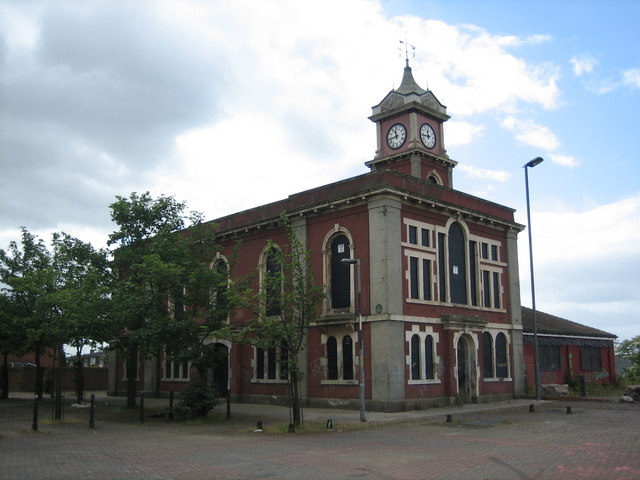
Middlesbrough today
The town core of Middlesbrough today is very different from the town designed by Joseph Pease and Partners in 1829. The initial early town was centered on a market square, which was the site of the first old town hall, which was constructed in 1846. The railway line and station of 1877 ran directly to the south of this early town, separating it from the new town center that had developed to the south.
Middlesbrough’s borders swiftly expanded south of the railway, leaving the ancient town isolated between the railway and the river. The center of commerce, trade, and municipal administration gradually relocated to the south of the railway.
The older, original portion of Middlesbrough north of the railway is frequently referred to as “Over the border”, with the railway serving as the boundary, while the A66, which runs across the town as a bridge a little to the south but parallel to the railway, adds to the idea of a “border”.
The Ship Inn, Middlesbrough’s oldest pub, was demolished in recent years on Stockton Street.
The modest Italianate-style Old Town Hall, built in 1846, lies in the center of the cleared, vacant green square that formerly contained the whole area of Middlesbrough’s early planned town.
Although the real streets have been removed, street names may still be found on a few of the roads that cross the green. The entire region is currently undergoing major renovations. The old Middlesbrough Custom House in North Street, near the river, is another relic. North Street was built about where Middlesbrough’s ancient farmhouse had stood.
Georgian-style mansions (now offices) in Queens Terrace, which date from the 1840s and previously belonged to Middlesbrough’s first owners, are notable buildings in this area north of the railway’s “boundary”. The red brick offices of PD Ports (originally the Tees Conservancy and later Tees and Hartlepool Port Authority) are next door and date from the 1890s. The New Exchange Building, designed by W. H. Blessley in 1874, is located on the opposite side of Queen’s Square (a wide thoroughfare). In the 1980s, the adjoining Royal Exchange Building, built in 1868, was demolished to make way for the A66.
The railway is close by, at the south end of Queen’s Square. It crosses the road via the “NER Albert Bridge”, which houses Middlesbrough Station’s platforms in part. But for the time being, we will stay on the north side of the “boundary”, heading north on Cleveland Street towards the river and the Transporter Bridge.

Transporter Bridge and Middlehaven
It is a short walk north, skirting the green that commemorates the historic town’s site to the left, to the Transporter Bridge, riverside area, and former dock district known as Middlehaven.
The Cleveland Bridge and Engineering Company of Darlington designed the striking Transporter Bridge across the Tees, which stands poised like some huge metallic dinosaur. Prince Arthur of Connaught officially opened it on October 17, 1911. There is some black-and-white cinematography footage of the bridge’s inauguration ceremony, which includes a crowded cable car with officials.
The stunning Transporter Bridge looks like a combination of a boat and a bridge. Automobiles are ferried across the river in a moving car capable of transporting 600 people or 9 vehicles across the Tees in two and a half minutes to Port Clarence. It was built to aid the flow of ships down the River Tees, much like the later Newport Bridge a little further upstream.
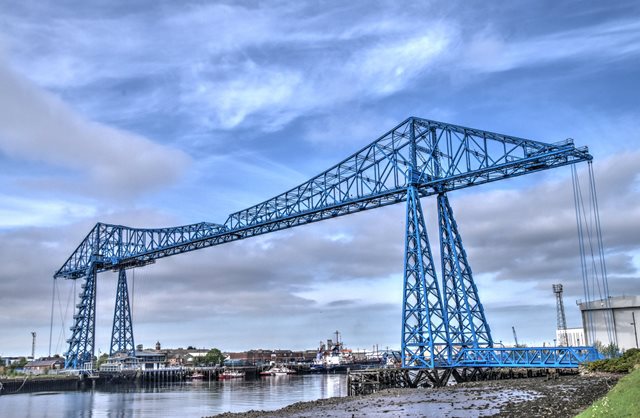
The former Middlesbrough Dock, which opened in 1842 and is now known as Middlehaven, is located to the south and east of the Transporter Bridge. Middlesbrough College, the Dock Clock Tower, the Temenos sculpture, and the Riverside Stadium, which is home to Middlesbrough Football Club, are all located here.
Historic England dates the Dock Clock Tower to circa 1870. It was used as a water tower, housing reservoirs of water to power hydraulic cranes. It only has three clock faces due to fears that a clock facing the river might distract workers from their duties.
Middlesbrough’s Newport Bridge
Dorman Long’s Sydney Harbour Bridge, built in 1932, is the most famous bridge ever built on Teesside. This was inspired by the 1929 Tyne Bridge, which was not only a product of Dorman Long’s Teesside craftsmanship but also a symbol of Tyneside’s Geordie pride. The single-span Newport Lifting Bridge is, of course, a superb example of Dorman Long’s work on Teesside. It was England’s first vertical lifting bridge, inaugurated by the Duke of York in February 1934.
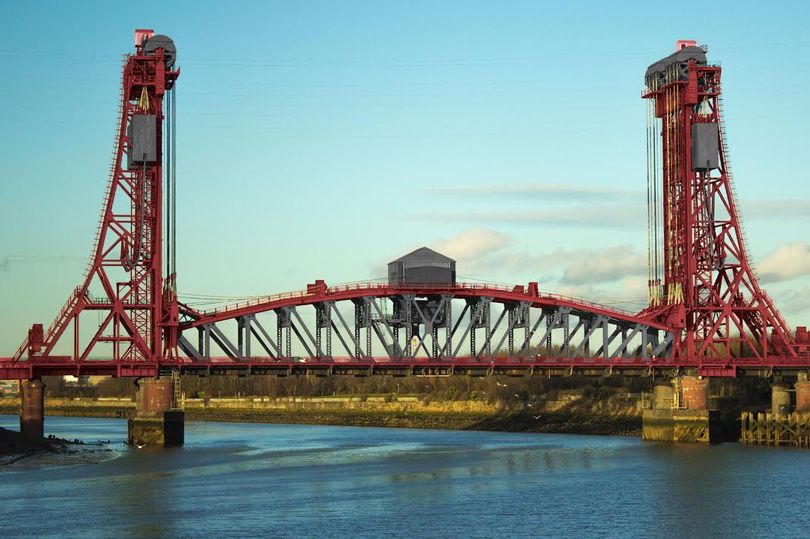
After decades of decline and removal, the original St. Hilda’s district of Middlesbrough was renamed Middlehaven in 1986 in response to investment proposals to construct on the property. Middlehaven has since seen the construction of additional buildings, notably Middlesbrough College and Middlesbrough FC’s Riverside Stadium.
References
- Middlesbrough, wikipedia.org, Available here
- Middlesbrough Town Hall, wikipedia.org, Available here
- A History of Middlesbrough, localhistories.org, Available here

